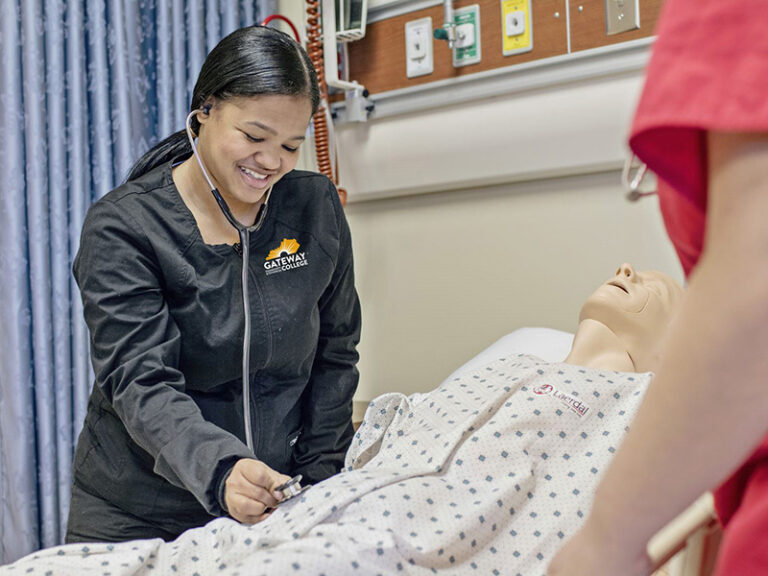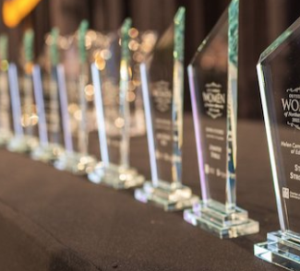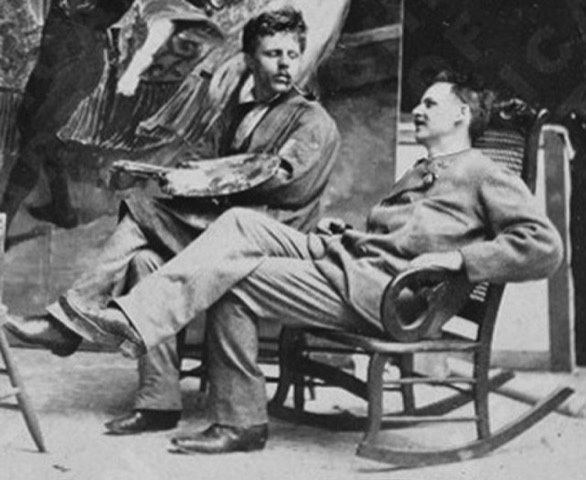There is an unfortunate pattern in the way we become aware of and process our perennial nemesis, racial inequality. Awareness takes hold with demonstrations, sometimes violent, often following the most poignant reminders of racism: violence or killing of Black people.
Processing elevated racial tensions is accompanied by calls for new public policies and compassionate speeches that typically trail off into silence and inaction. And so, the violence, followed by short-lived awareness then policy inaction begins again, lasting for years or decades. We have seen this pattern for some 60 years. This pattern is, in part, what racial inequality is all about–frustration, rage, calls for change then silence and more marginalization. The pattern is what is seen in countries run by dictators who seek to keep a segment of the population in check. Dictators understand the value of not raising expectations for the segments of their populations who seek change and equality.

This summer the pattern began again. Violent protest swept across the country ignited by police killings and sustained by the grievances of inequality in income, housing, education, and health care. “Black Lives Matter” stood for the entirety of systemic racism that would provide fuel for the demonstration of grievances. During the demonstrations, racial inequality was elevated to the public’s awareness, and, illuminated by the media’s attention, to spectacle status. An important question is “To what extent did the demonstrations and media attention raise the public’s awareness of race?” and “Will citizens expect policy change?” Data on these questions will provide a window on what’s to come, if anything.
Soon after the racial demonstrations of the summer of 2020, the Pew Research Center conducted a national survey seeking to document the impact of demonstrations on American’s attitudes (Pew Research Center, “Amid National Reckoning”, October 2020). The overall purpose of the research was to explore, if in fact, the demonstrations changed people’s views of the prospects for long term change in dealing with systemic racism.
Clearly Americans hold differing views on the prospects of change. When asked if the recent focus on racial issues will lead to change, only 34% believe it will. 22% believe that no change will result from the recent demonstrations. Among Republicans, 18% believe major change is now likely. Among Democrats, 42% see change as likely. Black individuals show a 50/50 split on the prospects of change as the result of the summer of demonstrations.
It should be noted that 52% of White Americans say they are paying more attention to racial issues. This is higher for White Democrats (69%) compared with White Republicans (18%). A partisan divide permeates racial views with Republicans paying less attention and reporting greater pessimism in addressing racial inequality. We have yet to know how durable “paying greater attention” will be over time.
Next, the Pew researchers asked what actions people have taken in response to the demonstrations. These include becoming better informed about racism today and its history, and talking to family and friends both of their own race and other races. Overall, 53% of adults say they have taken steps to educate themselves about the history of racial equality with 22% reporting doing nothing at all. Younger adults, especially Democrats, report more educational activity. More than a third of all Americans say they have supported minority owned businesses after the demonstrations with close to 40% saying they have never done this.
In terms of expressing views on social media, 62% of social media users report family and friends who have expressed opposition to racism post-demonstration. Three quarters of Black respondents have used social media for conversation of racial inequality. Importantly, the study finds that it is the younger adults who make fuller use of social media to discuss racism.
Perhaps the most significant findings address the question of progress toward ending racial inequality. On this dimension, we see much pessimism, regardless of political party or race. This sort of pessimism squashes efforts to become more educated, talk with others or use social media to elevate the importance of action. Why engage in these efforts if nothing will change?
The study finds that 86% of Blacks are pessimistic about the prospects for change, while 45% of Whites believe this. 78% of Democrats believe that not enough has been done, while only 36% of Republicans believe so.
Interestingly, 30% of Republicans report that the county has work to do on racial inequality yet believe that less attention to racism will most help solve the problem. This is a variation on, “Out of Sight Out of Mind.”
Correspondingly, a majority of all Whites hold the view that racism is overblown suggesting that too often we see racism where it really doesn’t exist. Police brutality is cited as an example of behaviors with little or no evidence of racial prejudice. If prevalent, this belief stifles public policy action.
Following the summer of 2020, public opinion validates the pattern of failing to address racial inequality in the U.S. This pattern begins with demonstrations followed by efforts to understand and educate. The pattern concludes with a trailing off of interest accompanied by racial and partisan polarization. Ultimately, heightened awareness and concern falls into the abyss of governmental inaction. Over the years, Black Americans have reported (80%) that living as a Black person is very different from living as a White person. This feeling is constant across educational and income groups. This serves as a marker for the inaction Blacks see in our efforts to make real change and points to the chronic pessimism that is joined with addressing and even eliminating systemic racism.
Dr. Jan William Hillard is data editor of the NKyTribune and retired Emeriti Faculty at Northern Kentucky University.

















